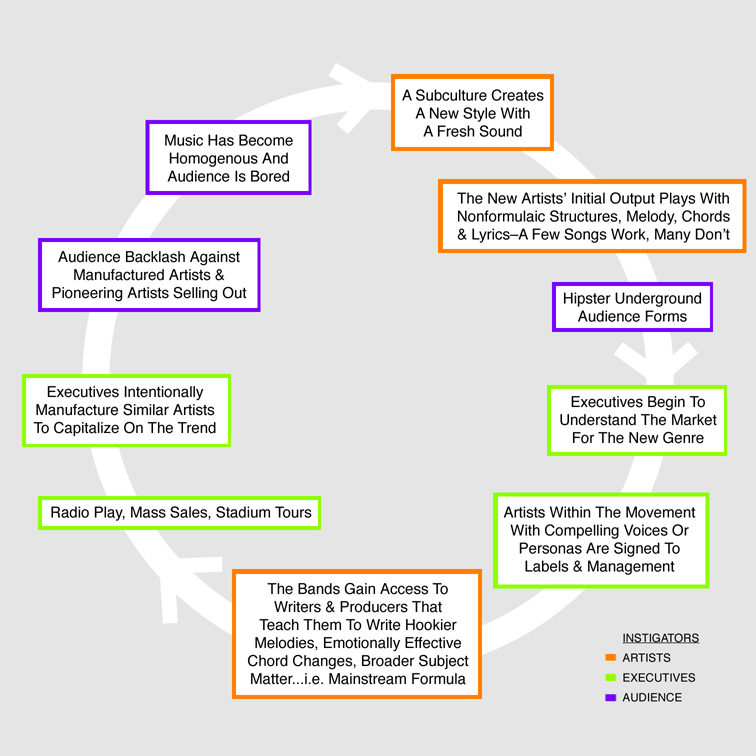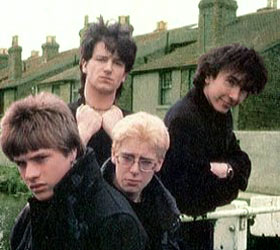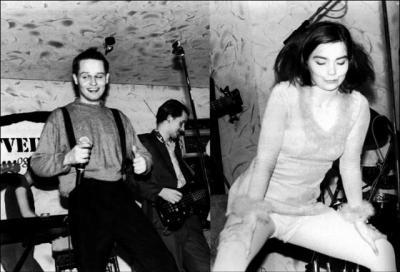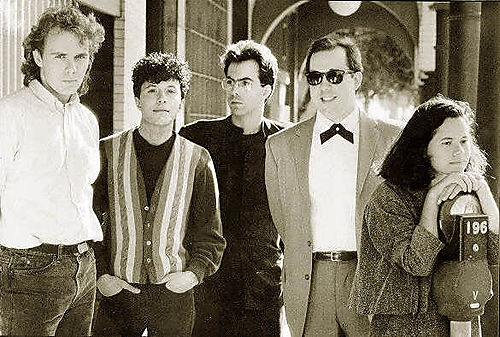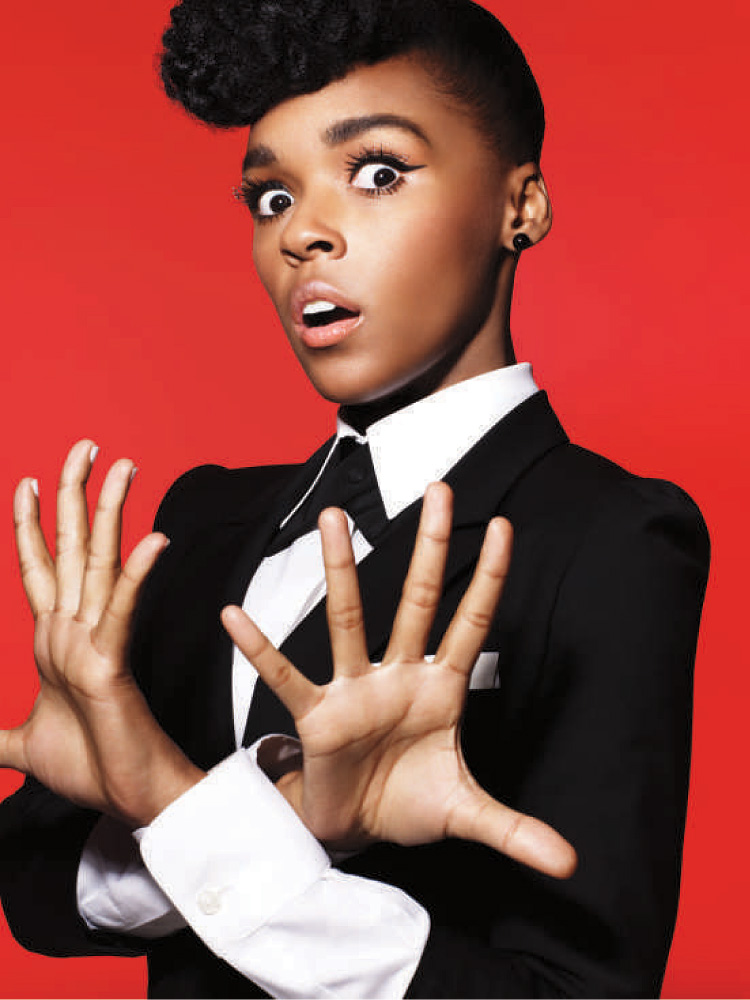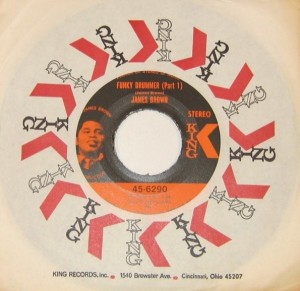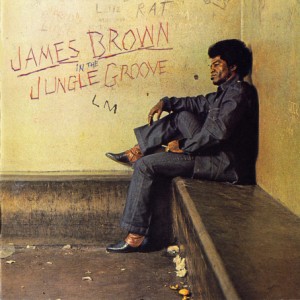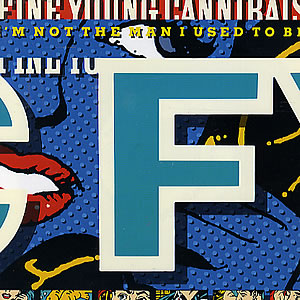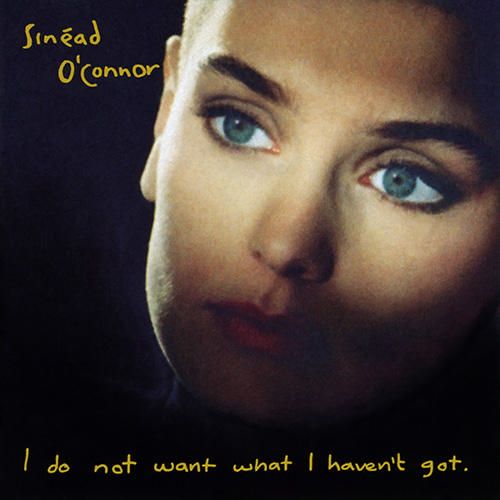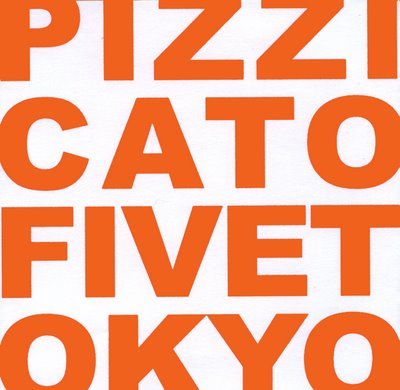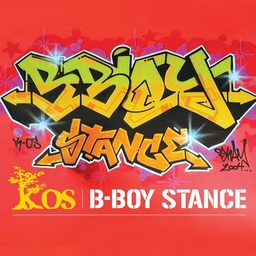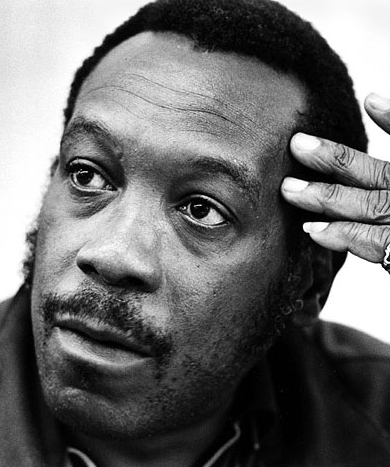Posts Tagged James Brown
The Creative-Commercial Cycle: How Pop Eats Itself
Posted by Gavin Bradley in Labels, Management, Production, Radio, Writing on August 19, 2010
If it’s agreed that the following creative-commercial cycle occurs continuously in popular music…
…then there are a couple of things I find interesting. Namely, the process by which naturally compelling artists learn to create music with mass appeal, and the fact that this cycle seems to be speeding up as the executives get quicker at identifying and exploiting new trends.
For an example of the cycle, we can look at U2’s output. In the early 80s they had underground ‘alternative rock’ cool factor. The songs on their first two albums Boy and October were somewhat freeform. Melodies were cockeyed and noncommittal, lyrics never too direct. Bono’s voice and Edge’s guitar sound, together, supplied compelling personality. Steve Lillywhite’s production captured the band’s raw electricity without stylizing it.
War and The Unforgettable Fire followed, with ‘Sunday Bloody Sunday,’ ‘New Year’s Day’ and ‘Pride (In The Name Of Love)’ showing the first signs of a desire to write for radio. However, an inspired change in personnel brought a new depth to the sound of that fourth album: ambient visionary Brian Eno and roots musician Daniel Lanois were brought in to produce.
Not surprisingly, the subsequent writing on The Joshua Tree was significantly distilled. The straight-ahead stock chord changes and emotive melody of ‘With Or Without You’ as well as the clear, sweeping subject matter of ‘I Still Haven’t Found What I’m Looking For’ and ‘Where The Streets Have No Name’ brought a mainstream audience to them as if by magnetic pull. If Eno and Lanois hadn’t purposely educated the band about mainstream pop writing, some form of growth-through-osmosis had happened as they opened up their creative circle.
Here’s a wordy section from ‘Drowning Man’ on War, followed by the confidence of the continuously building ‘With Or Without You’.
Since the watershed success of that album and the Rattle & Hum stadium tour–amid their core audience’s protests that the band had sold out–U2 has ridden out the last 20 years in various states of expectation-busting experimentation (Zooropa, The Passengers’ Original Soundtracks project) and pop duty fulfillment (All That You Can’t Leave Behind).
Bjork–who, incidentally, at first used her voice much like Bono had in the early 80s–first helmed Icelandic band Kukl, followed by The Sugarcubes. Her childlike voice and persona showed commercial promise amidst the disarray of the bands’ post-punk art-rock.
Teaming up with respected electronic producer Nellee Hooper, she emerged as a solo artist in 1993 with Debut, securing her place in pop history. The follow-up album was Post. ‘It’s Oh So Quiet,’ the big band single America loved to hate, was as straightforward as she would ever get before making her way back into ever-deeper experimental waters.
Compare the atonal rant from ‘Copy Thy Neighbour’ by Kukl with the soaring melody on the chorus of ‘Hyperballad’.
10,000 Maniacs is an interesting case that I made an effort to crack recently. I always had a like-hate relationship (as opposed to love-hate) with their In My Tribe, Blind Man’s Zoo and Our Time In Eden albums because I never quite understood how a band could sabotage moments of melodic virtuosity with such poorly considered arrangements. Or how such a compelling voice–meaning Natalie Merchant’s vocal instrument as well as the interesting angles she took on the songs’ subject matter–could be ruined by an equal helping of preachy condescension. As well, even after a string of five pop singles (‘Like The Weather,’ ‘What’s The Matter Here,’ ‘Trouble Me,’ ‘These Are Days’ and ‘Candy Everybody Wants,’) the band seemed to retain ‘alternative’ cred. Surely it couldn’t just have been based on their name.
A listen through their early recordings, reissued later on Hope Chest and The Wishing Chair, explained much. Like early U2 and Kukl, these songs are meandering stabs at writing, with hookless melodies, wordy, unclear lyrics and unremarkable chord changes. Also like Bono and Bjork, Merchant’s singular personality came through in her voice and the way she used it. 10,000 Maniacs guitarist Rob Buck, too, had an original style. Perhaps not as iconoclastic as Edge’s, but enough to show promise to a record company like Elektra. The band’s ‘alternative’ roots show in these recordings: in addition to the beginnings of their brand of quirky rock, we’re taken through painful world music experiments in Soca, Zouk and Dub Reggae.
‘Death Of Manolete’ from Hope Chest demonstrates the freedom of their wide-open creativity while the exquisite ‘Dust Bowl’ from Blind Man’s Zoo shows us the focus that took hold by the band’s second album with major label producer Peter Asher.
And so we have the artists, feeling around for something new to chew on, and the executives, racing to learn how to capitalize on a movement, a sound, an idea, a persona. They can’t exist without each other, so I don’t mean to imply that executives are the Cruella DeVilles of the world. But the crops need time to grow before the combine comes along to harvest. And in the age of the internet, traces of new artistic energy are identified and absorbed into the machine with breakneck acceleration.
One such ‘absorption cycle’ that makes me shudder is what occurred somewhere between 1995 and 2008, when Jill Sobule and Katy Perry each released a song called ‘I Kissed A Girl.’ Sobule’s song felt like the honest confession of a woman testing the fluidity of her sexuality. Perry’s felt like a market-researched ‘girls gone wild’ capitalization on straight mens’ fascination with girl-on-girl action. The sincere feminist perspective of artists like Sobule through the early 90s was officially absorbed into the machine when Simon Fuller auditioned British Barbie dolls for the Spice Girls. What was their mantra? ‘Girl Power’? Fast forward a decade, and it’s as though the feminist consciousness of the early 90s never existed. Lillith Fair sales are slipping this summer while the promo machine runs full-tilt for Katy Perry, who’s selling an updated Betty Page wet dream. Well, straight men still pull the budgetary levers at the major labels.
I was never fond of the smugly-named British band ‘Pop Will Eat Itself.’ As this creative-commercial cycle accelerates, however, I’m beginning to wonder if they were onto something. Adding momentum to this cycle is the fact that music went post-modern about 20 years ago. That is, sampling signified the gradual decline of truly new forms of pop music in favour of mixing original combinations of retro styles. If artists’ formulas weren’t made of old ingredients, it would be that much harder for executives to hack the recipe.
The ‘no rules’ artist to watch at this moment is Janelle Monae. She’s 24, she’s thoroughly disregarding anything that might be put on her as a female or a person of colour (in her own words: ‘I don’t have to do anything by default’), she’s got a big budget and she’s interesting. And–oh yes–she can sing. She can perform.
Andre 3000 and Big Boi of Outkast began working with her years back, and P. Diddy, of all people, has diverged from pop formula long enough to sign her and give her the kind of backing true artists only dream of in 2010.
Her trip is highly conceptual. Through a four-part suite, she’s reportedly telling the story of a robot named Cindi Mayweather who orchestrates an uprising in Metropolis. Her lyrics are so cryptic, however, that this storyline is barely apparent in the songs. At this early stage her output is coming across as a whole lot of disjointed concept, borrowed from many sources. If Fritz Lang doesn’t turn over in his grave at her shameless appropriation of his story, other visionaries like James Brown might. Virtually every song ends up a pastiche of the styles of several decades over the last century.
Melodically, the material is somewhat flat, the most memorable hooks lifted from elsewhere. Near the beginning of ‘Many Moons,’ a single from 2008’s Metropolis: The Chase Suite, she blatantly bites a riff from the Sesame Street pinball song we all know. After escaping the distraction of the very high budget of the ‘Many Moons’ video, it struck me that the most memorable moment of the song itself was that riff.
Selections from the new album, The ArchAndroid, include: ‘Cold War,’ its arresting single-shot video summoning the moment Sinead O’Connor shed a single tear for the camera in ‘Nothing Compares 2 U’; ‘Tightrope,’ with its main ‘on the scene’ hook lifted from ‘Sex Machine,’ (something she appeared to cop to as she donned a James Brown cape while performing it on David Letterman); ‘Sir Greendown,’ something like Shirley Bassey singing a version of ‘Moon River’; and ‘Make The Bus,’ like an outtake from David Bowie’s 70s trilogy produced by Brian Eno.
Another album track, ‘Locked Inside,’ feels good because it’s written over the chords of Stevie Wonder’s ‘Golden Lady’. It’s all crammed in there, cryptic and disorganized, from cabaret to hot jazz horns and 80s hip hop. And though it’s the work of an artist getting her bearings, both overdoing the concept and underdoing the original substance, she does appear to have the potential to change the game.
In order to keep that high budget record deal so she can mature creatively, it’s important that she have a bonafide hit sometime soon. And for that to happen the songs may have to fit into a framework that people understand a little more readily. There’s the catch-22: before the artist can ignore creative boundaries and lead the way, it seems she must first learn to simplify her writing. In days gone by labels could allow an artist several albums to reach a commercial stride. These days, it’s possible that other executives may be able to pinpoint what’s special about Monae early on and manufacture other acts that are capable of overtaking her. Hurry, Janelle, hurry and grow your garden!
